The biggest country house sales of 2023, from the ultimate Padstow getaway to one of Britain's greatest stately homes
Our property correspondent Penny Churchill takes a look back at the biggest country house sales in England in 2023.
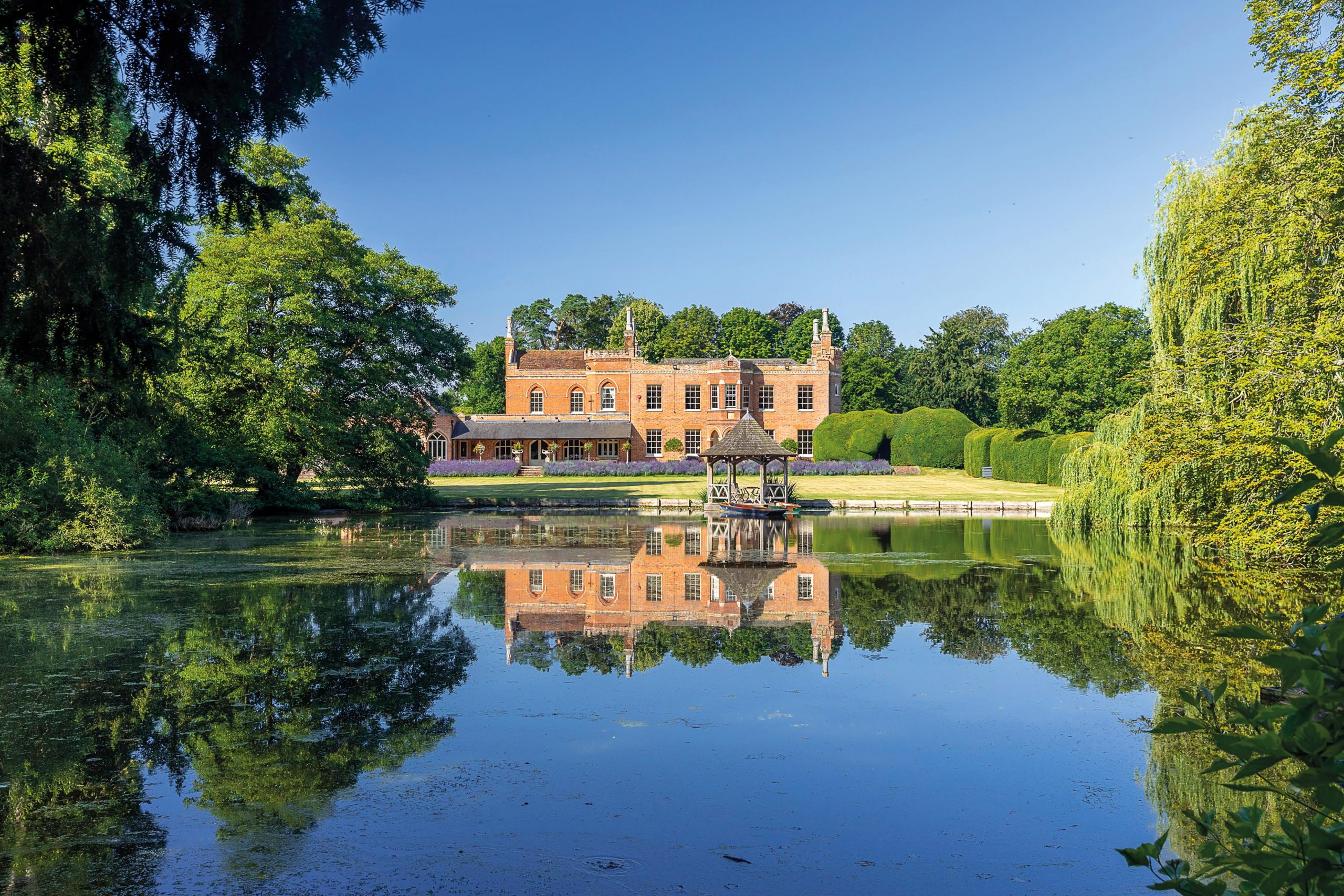

Following a bright start to the year, uncertainty caused by inflation, rising interest rates and a worsening world situation saw a lull in the country house market in the summer and early autumn, although a late surge of activity in November and early December saw deals still being done in the run-up to Christmas.
Mark McAndrew of Strutt & Parker reflects on two high-level sales that, he says, indicate the current situation at the top end of the market, where most serious players tend to be cash buyers and a shortage of new stock has helped to sustain property values. On the other hand, the increasing complexity involved in processing the sale of historic country houses and estates means that transactions often take much longer than expected to complete.
The sale of Grade I-listed Wolterton Hall and its surrounding 458-acre Wolterton Park estate, near Itteringham in the lovely Bure Valley, seven miles from Holt and a stone’s throw from the sublime north Norfolk coast, was every estate agent’s dream. One of Norfolk’s four great Whig ‘power houses’ — the others being Holkham, Houghton and Raynham Halls — Wolterton Hall was launched onto the open market, for the first time in its history, in May this year. Following keen interest from around the globe, it quickly found a ready buyer and a deal was done and dusted by October.
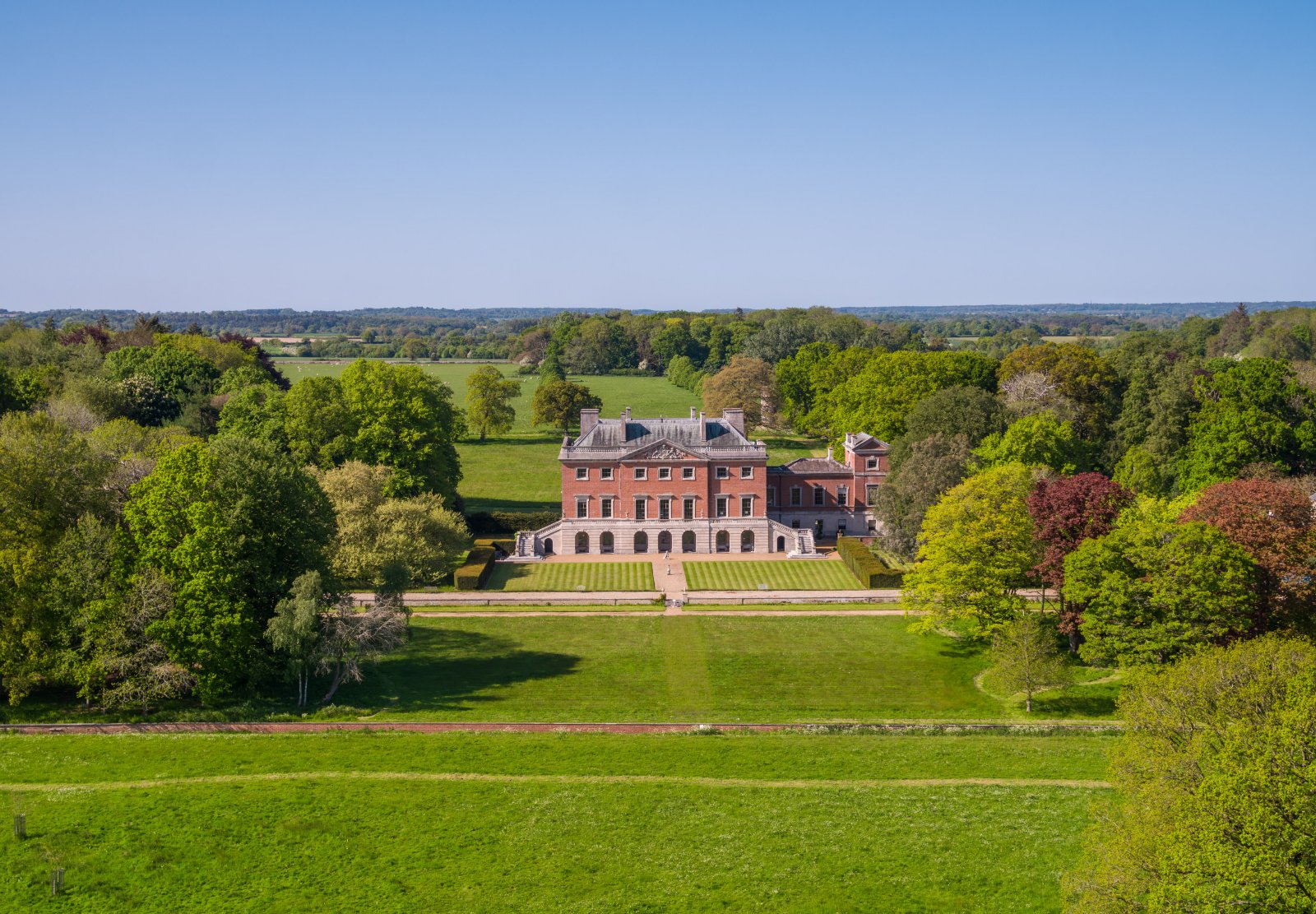
Built between 1722 and 1742 by the diplomat and parliamentarian Horace Walpole, the Wolterton Park estate was bought privately in 2016 by renovation specialists Peter Sheppard and Keith Day, who worked tirelessly to restore the hall, with its magnificent state rooms, secondary houses, estate buildings, stables and parkland to its former splendour, before deciding to downsize to ‘something more modest’. For selling agent Tom Goodley of Strutt & Parker’s Norwich office, the once-in-a-lifetime sale of one of Norfolk’s most important historic houses to a local buyer who had sold his business, was ‘great for Norfolk and great for the future of the Wolterton Park estate’.
In contrast, it was third time lucky in the case of historic Grade I-listed Newhouse, near Redlynch, in the north-east corner of the New Forest National Park, 9½ miles from Salisbury, Wiltshire. Originally built in the early 1600s, the timeless Jacobean mansion was offered for sale in June 2021 for the first time since 1660, with 906 acres of parkland and woodland and a guide price of ‘excess £18 million’; it eventually sold with 277 acres, at a guide price of £9m, in November 2023.
The first sale was aborted when the buyer failed to complete on the purchase. A second prospective purchaser, assisted by a cohort of advisers, pulled out of the deal in the latter stages. Finally, armed with the answers to all the questions posed by the previous applicant’s legal eagles, a much-relieved Mr McAndrew saw the sale of Newhouse completed in time for Christmas.
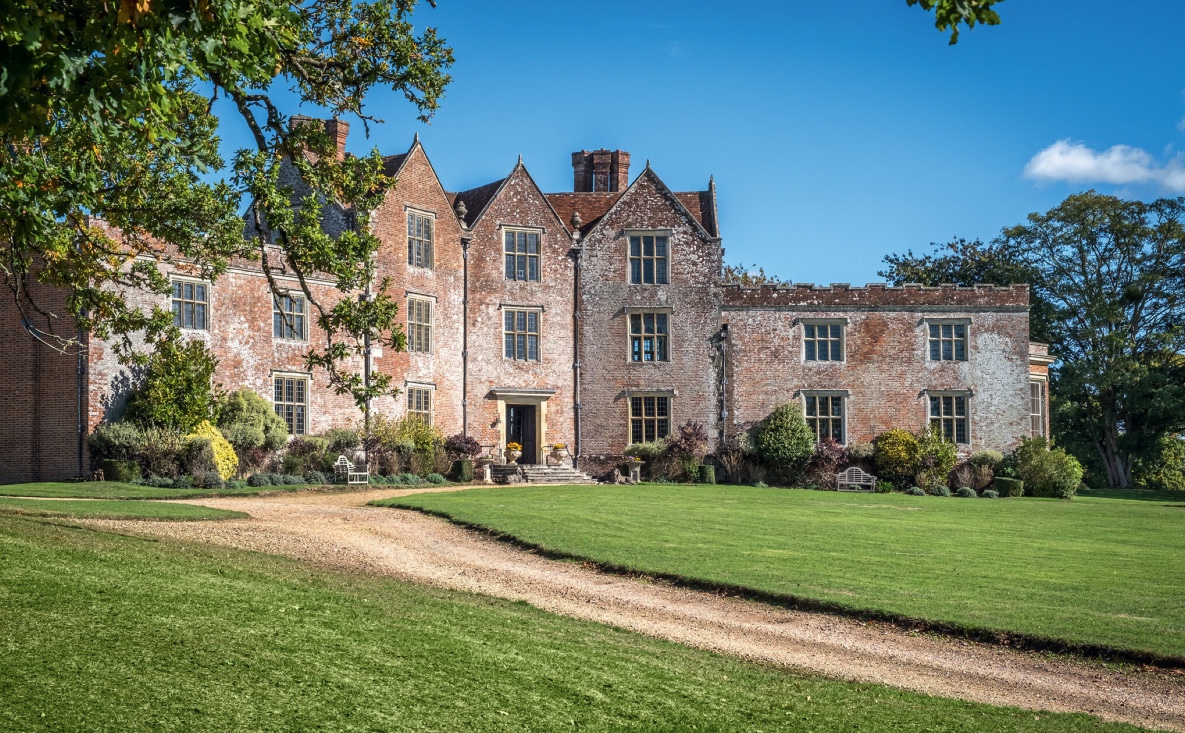
When, in the early 2000s, Gill Farm at Gilling East in the Howardian Hills National Landscape (formerly AONB), 15 miles north of York, came up for sale, local buyers were unimpressed by the ramshackle farmstead set in 60-odd acres of decaying woodland. Only developer Julian Pilling, who grew up in the area, saw the potential of the peaceful hidden valley where, over a period of seven years from 2015, he created the magical Valley Farm estate, which came to the market through Savills in September 2022 at a guide price of £8m.
Sign up for the Country Life Newsletter
Exquisite houses, the beauty of Nature, and how to get the most from your life, straight to your inbox.
Mr Pilling’s contemporary masterpiece comprises a sleek, 18,000sq ft main house built of concrete, glass and stone, set against a backdrop of cascading, spring-fed lakes, well-managed mixed woodland and organic grassland grazed by deer sourced from the Duke of Bedford’s Woburn Abbey estate. A deal brokered by Crispin Holborow of Savills private office resulted in the sale of Valley Farm in November 2023 to a couple who were looking for ‘something truly spectacular anywhere in the UK’ and found it in North Yorkshire.
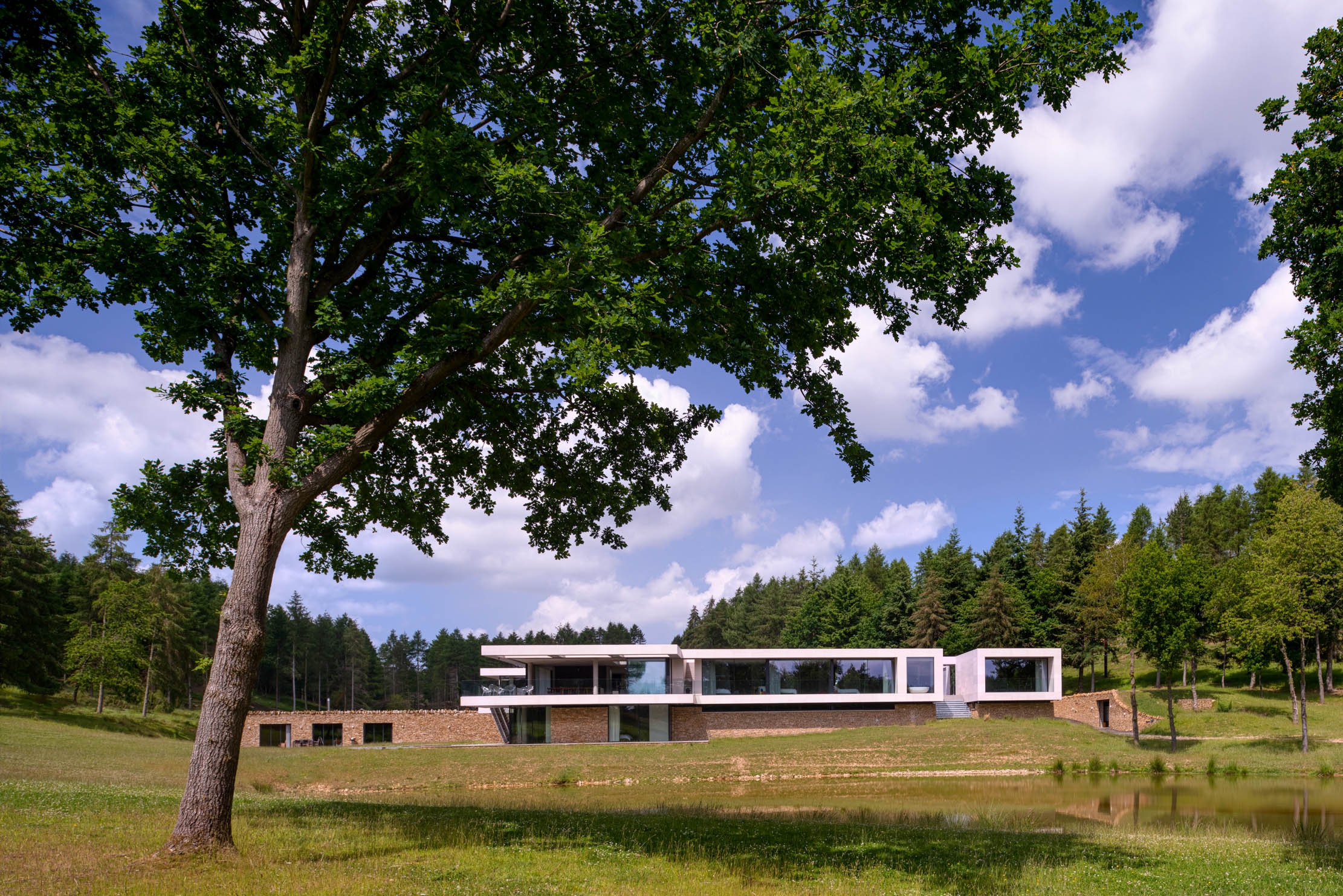
Writing in Country Life (May 11, 2000) of Grade I-listed Runnymede Park, near Englefield Green, Surrey, architectural historian John Martin Robinson commented: ‘Although many fine country houses were demolished in the aftermath of the Second World War, it is remarkable how many others have been rescued from the brink of demolition by optimistic and determined owners. Runnymede Park in Surrey is a perfect example of such a heroic rescue.’ The saviours in question were Mr and Mrs Robert Collins, who, in 1974, bought the handsome Georgian house, built by the architect Samuel Wyatt between 1789 and 1792, and painstakingly repaired the fabric of the building, redecorated the interior and rebuilt the stables.
Both have since died, and Runnymede Park, again in need of renovation, was offered for sale with 66 acres of land in July 2022, at a guide price of £8m through Strutt & Parker. Bucking the current trend among historic home buyers to steer clear of large-scale building projects, an Anglophile American businessman, impressed by Runnymede Park’s provenance, privacy and proximity to Heathrow airport, bought the property in October this year and will restore it to its former grandeur, selling agent Tom Shuttleworth reveals.

The enduring appeal of a beautifully restored Cotswold manor house is underlined by Rupert Sweeting of Knight Frank, who oversaw the launch, in April this year, of Grade I-listed Nether Lypiatt Manor, set in 96 acres of glorious gardens, pasture and woodland near Stroud, Gloucestershire, at a guide price of £11m. Previously owned by Prince and Princess Michael of Kent and impeccably restored by its current owner, who bought it in 2006, the manor was sold by October to a buyer from the Midlands who had coveted it for many years.
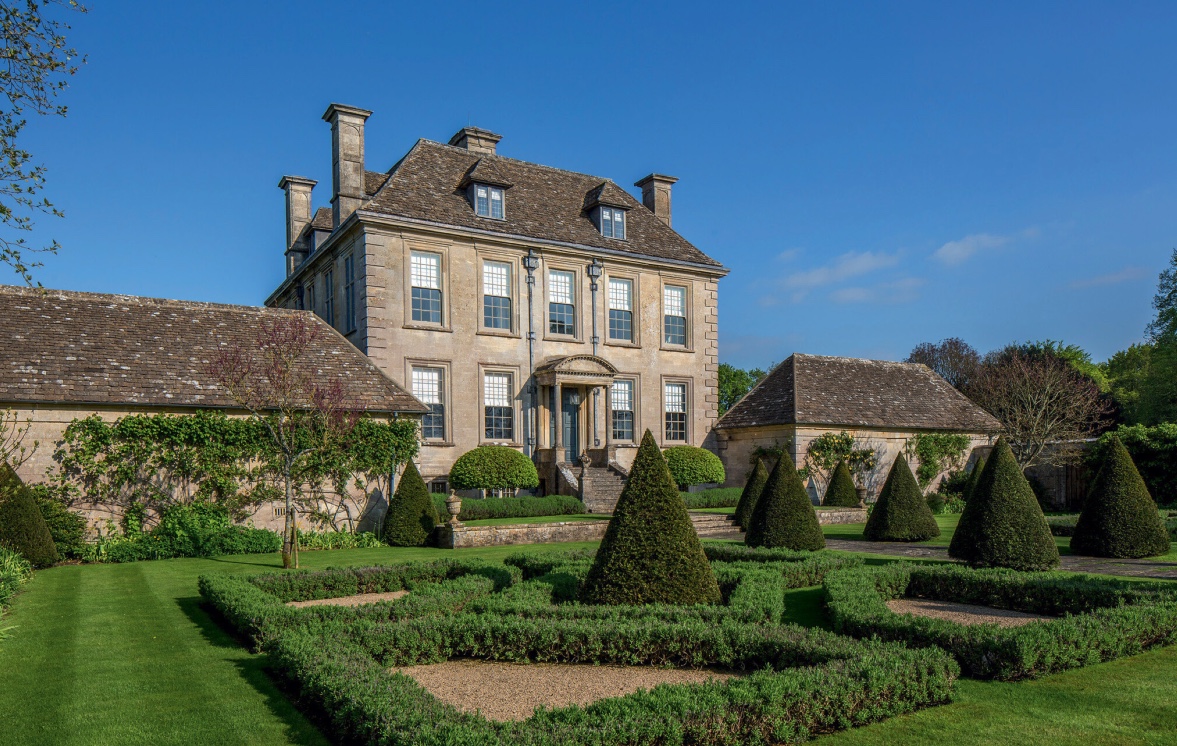
Elsewhere in the Cotswolds, Lindsay Cuthill, former head of Savills country department, hit the ground running with the launch in May of his Blue Book Agency.
He was soon celebrating the sale, jointly with Savills, of two landmark Cotswold houses — Grade II*-listed Stouts Hill, a rare example of an early Georgian Gothic Revival house set in 20 acres on the outskirts of Uley, near Dursley, Gloucestershire, and Grade I-listed The Old Priory, which stands in 85 acres of beautiful gardens and grounds on the edge of the south Cotswold village of North Woodchester.
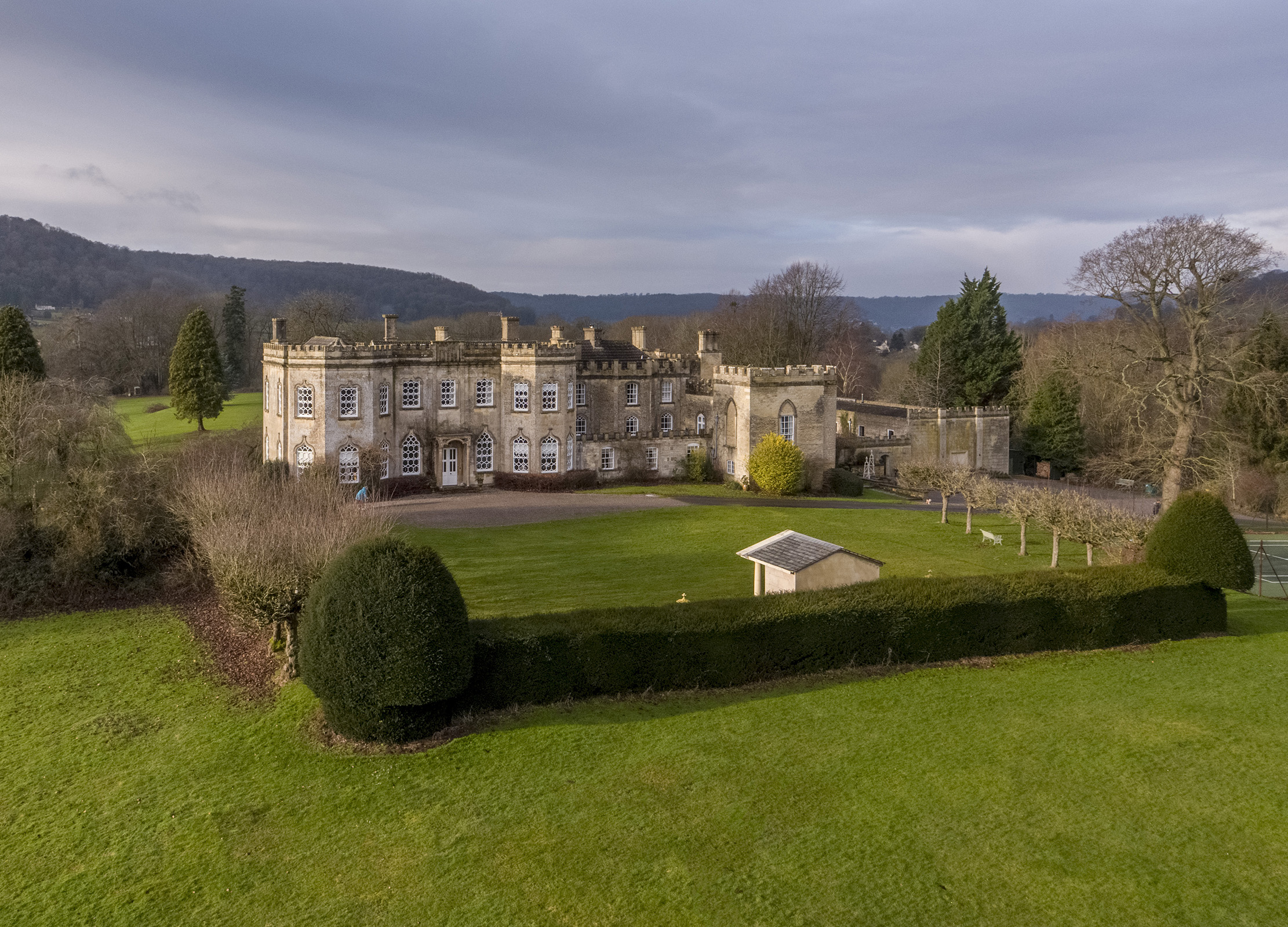
Having been everything from a prep school to a timeshare in the 20th century, Stouts Hill, which sits in a picturesque hidden valley on the edge of the Cotswold escarpment, was lavishly restored to its original status of a grand family home in the past decade. Launched on the market in March with a guide price of £6m, it sold in May to a buyer who was looking to ‘downsize’ from a larger landed estate.
Launched on the market in May with a guide price of £7.85m, The Old Priory, which dates from Tudor times, had been lovingly restored by the vendors during their 20-year tenure and offers came quickly. However, the inevitable complications associated with the sale of a historic house much altered over time meant that it took until November to get the deal over the line, Mr Cuthill reveals.
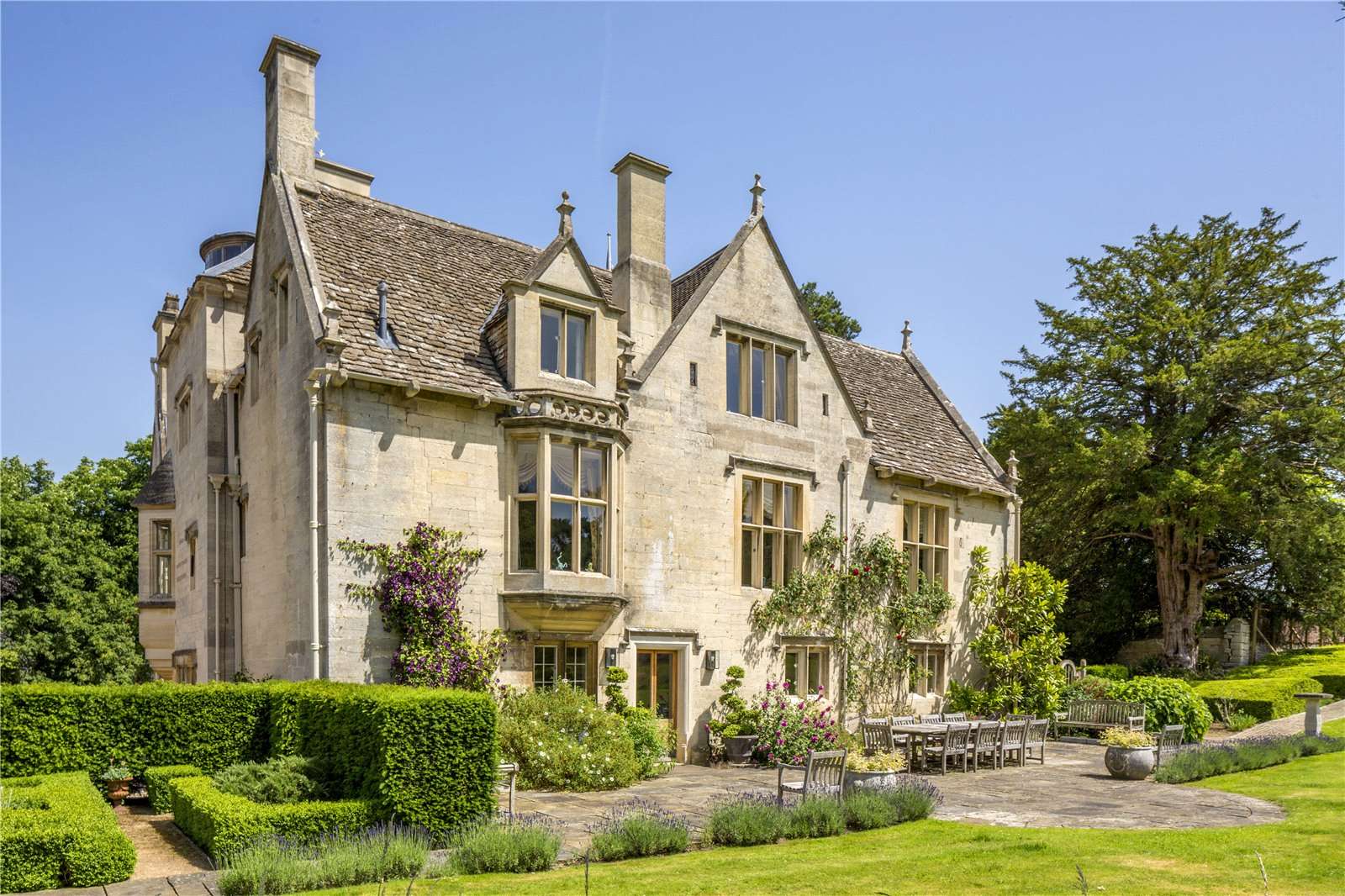
Houses with literary connections always hit the headlines and the launch onto the market in March of handsome, Grade II-listed Steventon House at Steventon, near Basingstoke, Hampshire, at a guide price of £8.5m through joint agents Knight Frank and Savills, brought a flurry of viewings to the house widely dubbed ‘the birthplace of Jane Austen’.
Although Jane Austen was indeed born in Steventon, the family home where she grew up was the former village rectory, which was demolished when her father retired, and replaced in the early 1820s by a much grander new one nearby. Later renamed Steventon House, the elegant Georgian house, set in 50 acres overlooking the Hampshire countryside and extensively restored by the vendors, saw a deal done by June and completed in August.

Over in Somerset, it took the best efforts of selling agents Strutt & Parker a little longer to find a buyer for a rejuvenated Combe Florey House near Taunton, the former home of the writer Evelyn Waugh, which came to the market in April 2021 with a guide price of £4.5m, and saw a sale completed in June 2023.
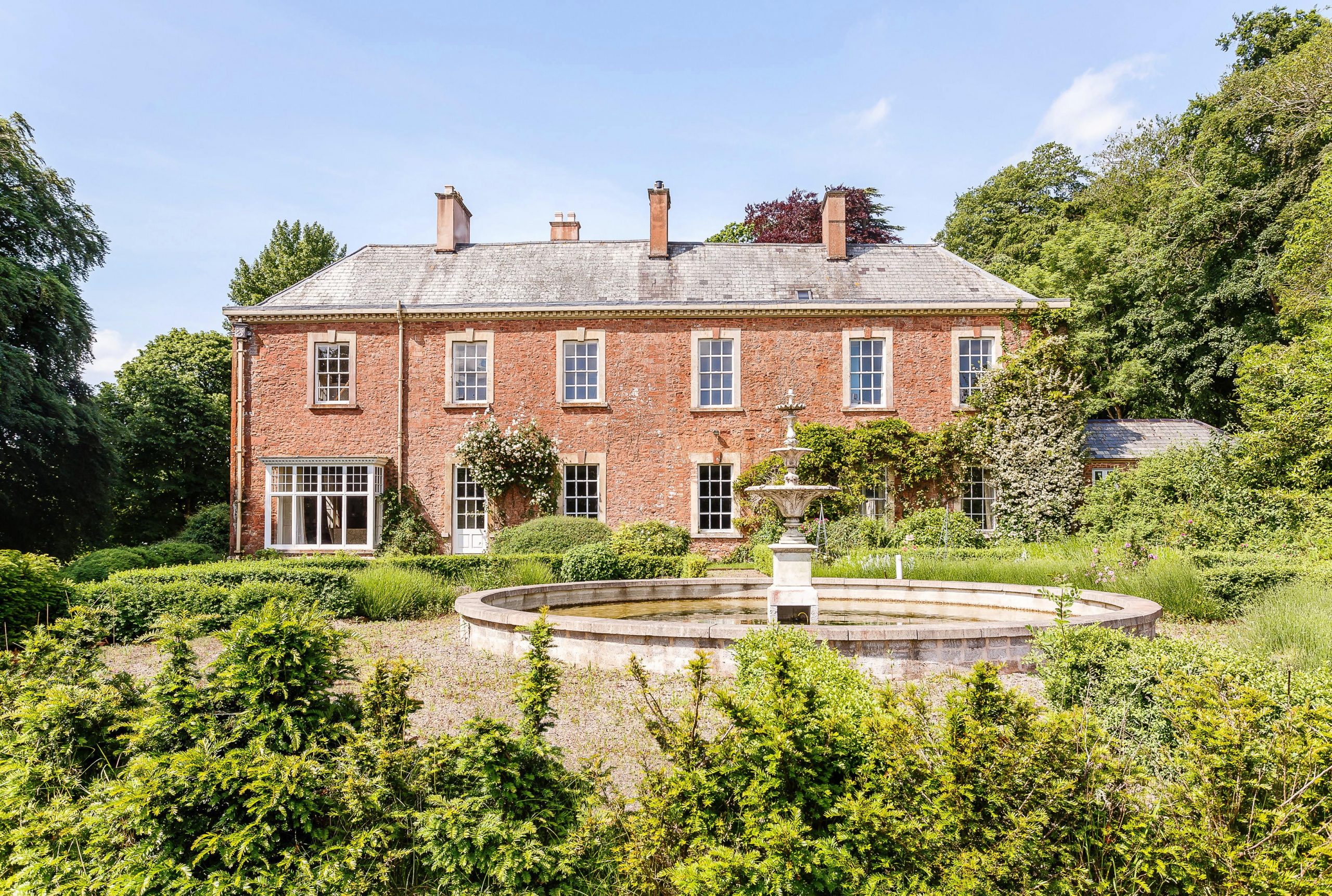
Sales achieved this year suggest that £6m–£7m is now the going rate for a good family house in the country within easy reach of the capital. For the first time in his career, Ed Rook of Knight Frank reported the sale in west Kent of five houses valued at more than £6m, of which Alderwood House at Penshurst was the only one sold on the open market, the others being listed privately.
Launched in April with a guide price of £6.5m and sold by October, Alderwood House was built in the Classical style between 2012 and 2014 within the formal gardens of the 500-acre Redleaf estate, which were subsequently restored by the new owners.

Furthermore, a ‘phenomenal’ response to the open market launch earlier this year of Holyrood House near Empshott Green, four miles from Liss, east Hampshire, confirms that many of today’s buyers are indeed happy to consider a house built of traditional materials in a prime location.
Joint selling agents Knight Frank and Savills quoted a guide price of £5.95m for Holyrood House, which was built in 2012 to a design incorporating ‘Arts-and-Crafts detail and proportions, but with a contemporary twist’ within seven acres of delightful gardens designed by Jane Brown. The result was a virtual stampede of prospective purchasers and a sale completed in August.
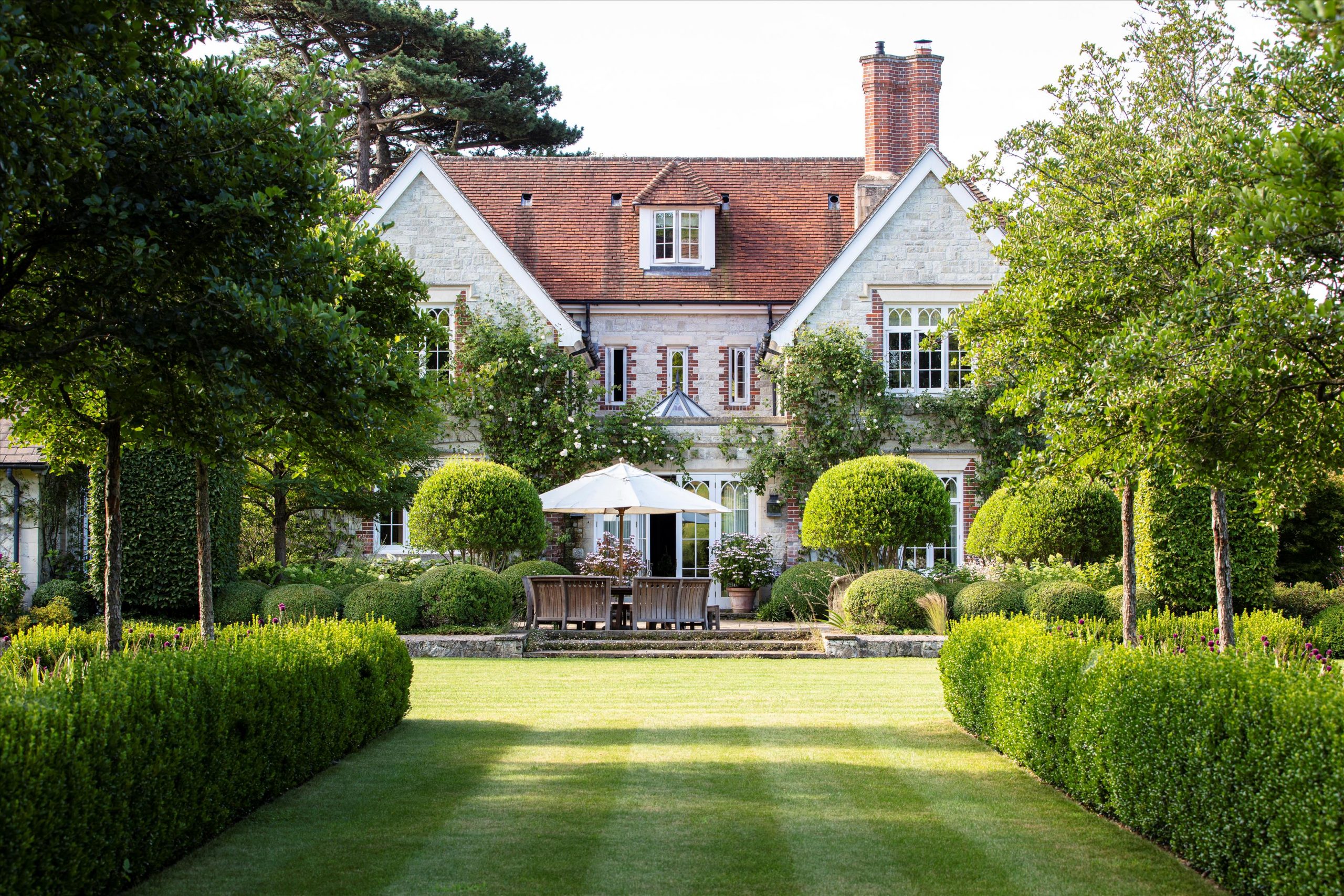
Over in East Anglia, Mark Rimell of Strutt & Parker has noted a drop in viewings of some 35% year on year, although, with fewer properties on the market, prices have held up well. In July 2022, he launched (jointly with Knight Frank) the beautifully renovated Colne Priory at Earls Colne in Essex, with a guide price of £6.25m, and was more than delighted when a successful entrepreneur with a young family, having sold his business, stepped in to buy it in October this year. Built in the Strawberry Hill Gothic style in about 1825, Colne Priory was the last of a series of manor houses built on the site of a Benedictine priory that was founded by the de Vere family, Earls of Oxford, in the early 12th century.

Waterfront houses were also in short supply, especially in the South-West, where Knight Frank scooped the pool with the sale of two mouthwatering properties in peerless locations.
The first was The Old Rectory at Dittisham on the Dart, six miles from Dartmouth, a beautifully restored former Georgian rectory that launched in late May with a guide price of £9.75m and sold by early August for close to that figure, to an English buyer based in the Far East, selling agent Rupert Sweeting reveals.
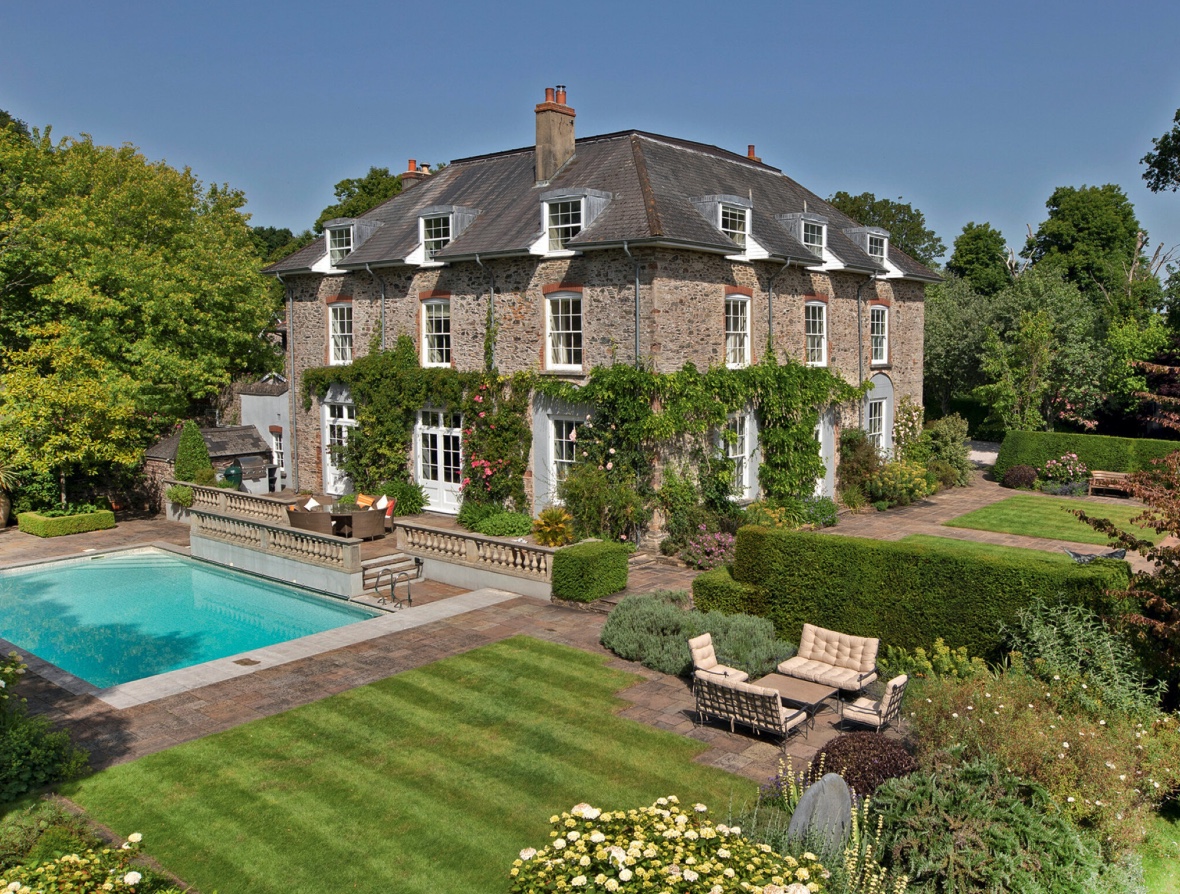
Meanwhile, across the Tamar Bridge in Cornwall, his colleague Hamish Humfrey oversaw the launch onto the market in early July of The Cellars at Harlyn Bay, Padstow, with a guide price of £4m. For sale for the first time in more than 50 years, The Cellars’s uniquely private frontline location attracted interest from far and wide, and a sale to a buyer from the East Midlands was agreed over the summer, with completion in November.
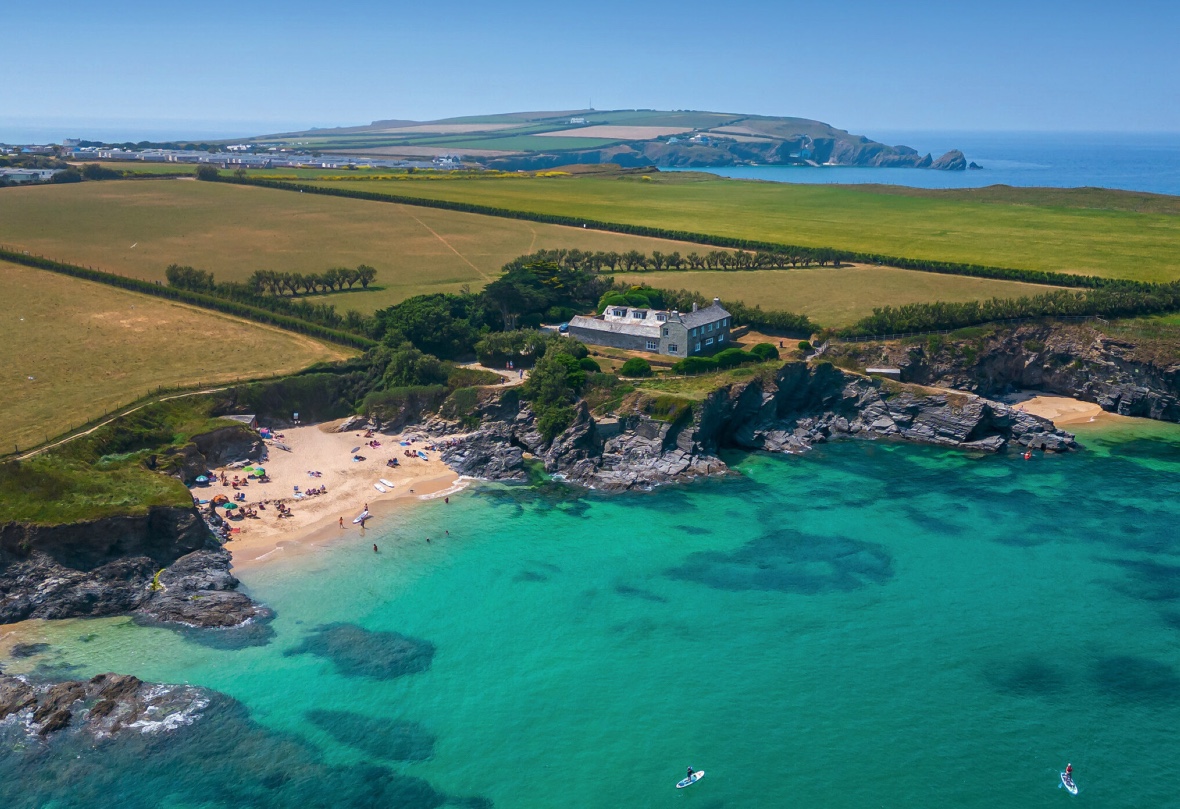

Credit: Strutt and Parker
Best country houses for sale this week
An irresistible West Country cottage and a magnificent Cumbrian country house make our pick of the finest country houses for
-
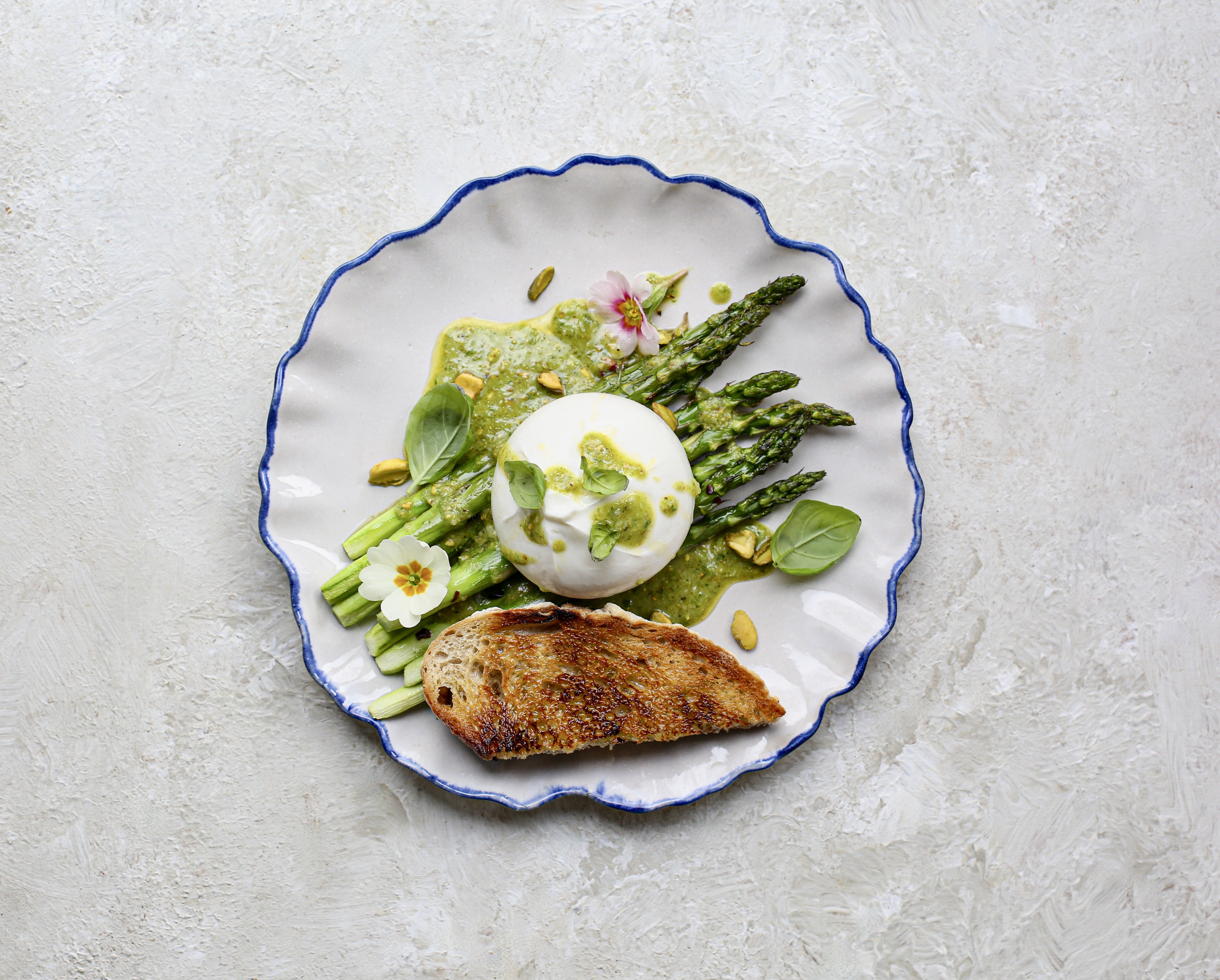 Two quick and easy seasonal asparagus recipes to try this Easter Weekend
Two quick and easy seasonal asparagus recipes to try this Easter WeekendAsparagus has royal roots — it was once a favourite of Madame de Pompadour.
By Melanie Johnson Published
-
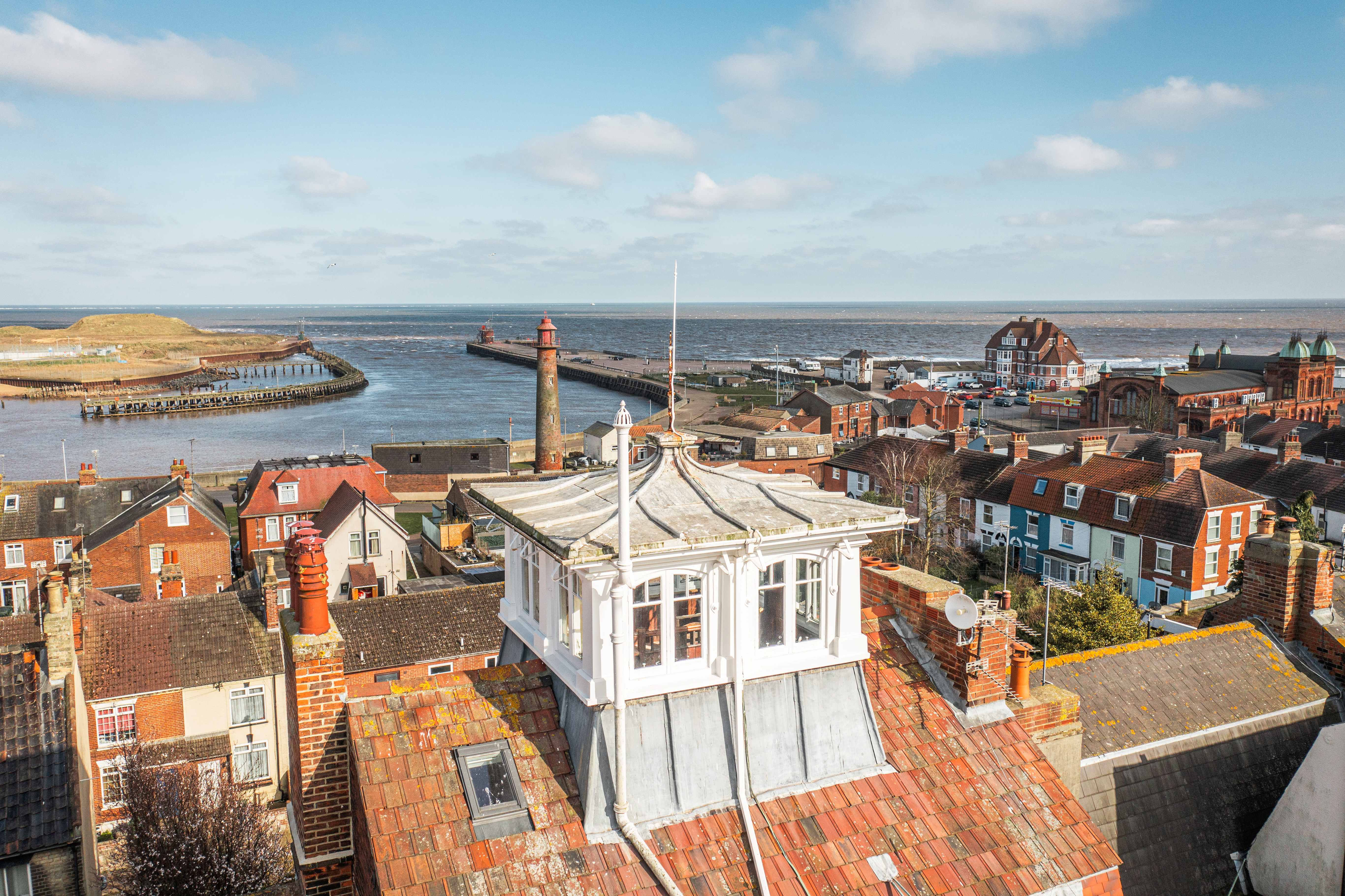 Sip tea and laugh at your neighbours in this seaside Norfolk home with a watchtower
Sip tea and laugh at your neighbours in this seaside Norfolk home with a watchtowerOn Cliff Hill in Gorleston, one home is taller than all the others. It could be yours.
By James Fisher Published
-
 Sip tea and laugh at your neighbours in this seaside Norfolk home with a watchtower
Sip tea and laugh at your neighbours in this seaside Norfolk home with a watchtowerOn Cliff Hill in Gorleston, one home is taller than all the others. It could be yours.
By James Fisher Published
-
 A Grecian masterpiece that might be one of the nation's finest homes comes up for sale in Kent
A Grecian masterpiece that might be one of the nation's finest homes comes up for sale in KentGrade I-listed Holwood House sits in 40 acres of private parkland just 15 miles from central London. It is spectacular.
By Penny Churchill Published
-
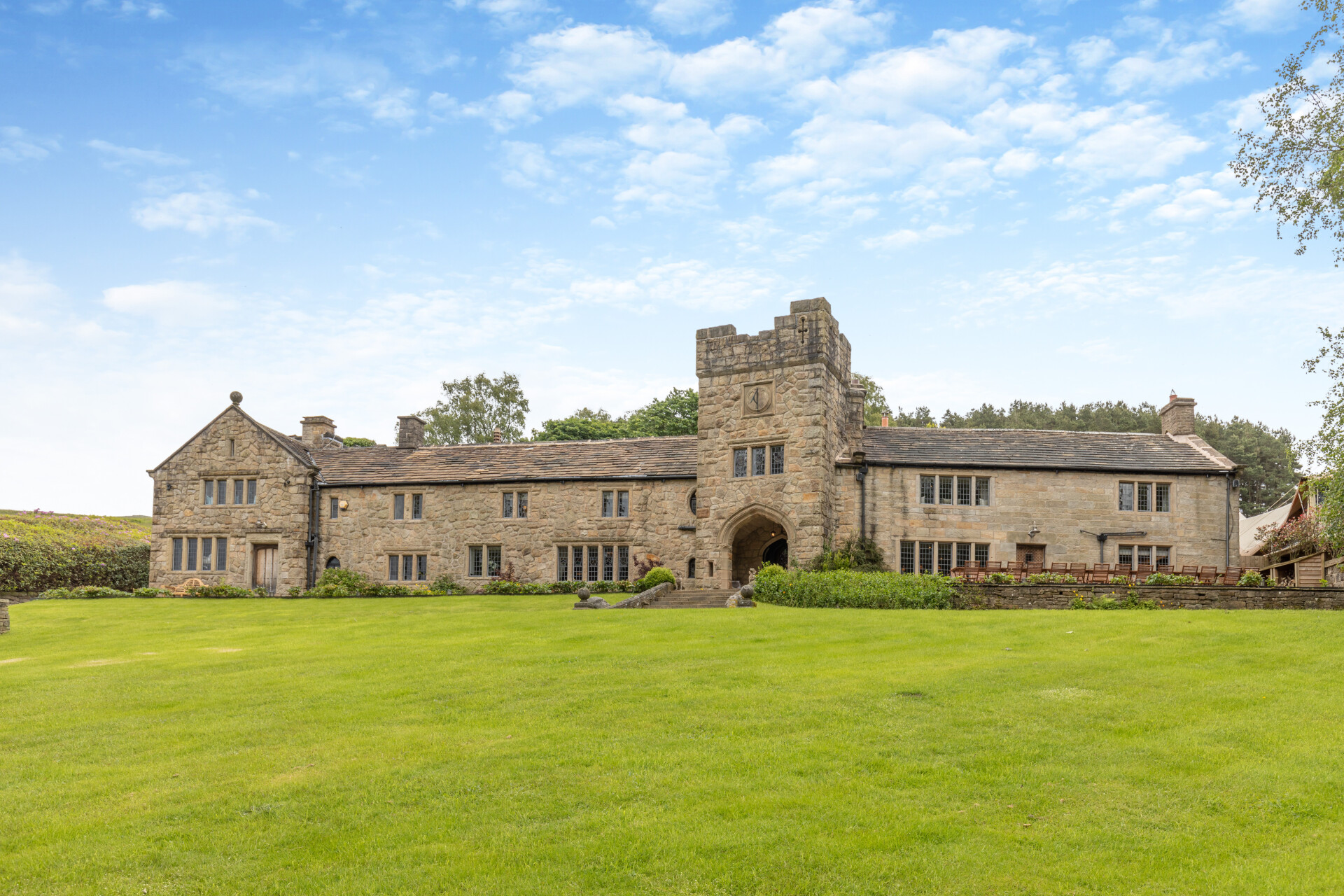 Some of the finest landscapes in the North of England with a 12-bedroom home attached
Some of the finest landscapes in the North of England with a 12-bedroom home attachedUpper House in Derbyshire shows why the Kinder landscape was worth fighting for.
By James Fisher Published
-
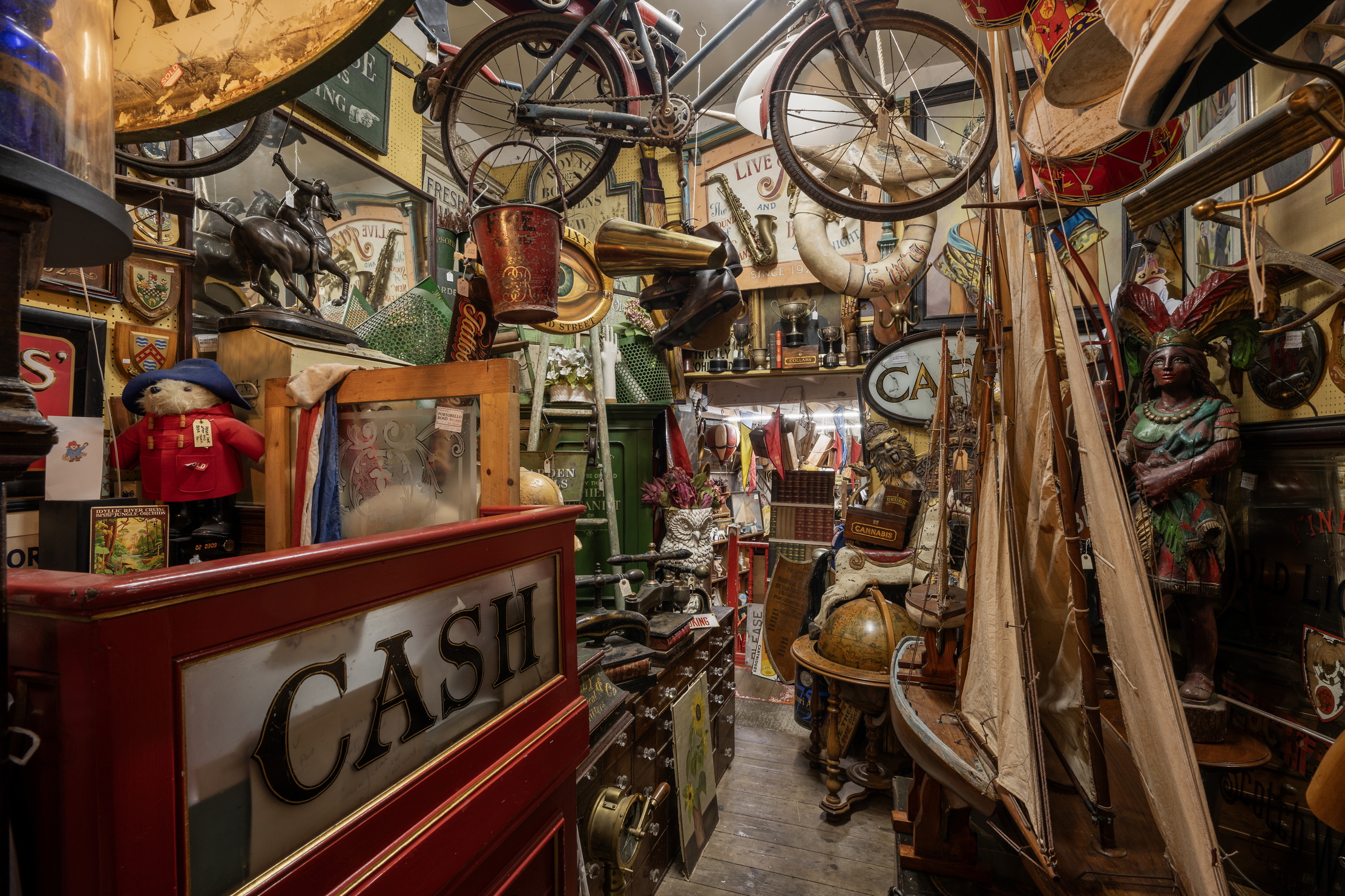 Could Gruber's Antiques from Paddington 2 be your new Notting Hill home?
Could Gruber's Antiques from Paddington 2 be your new Notting Hill home?It was the home of Mr Gruber and his antiques in the film, but in the real world, Alice's Antiques could be yours.
By James Fisher Published
-
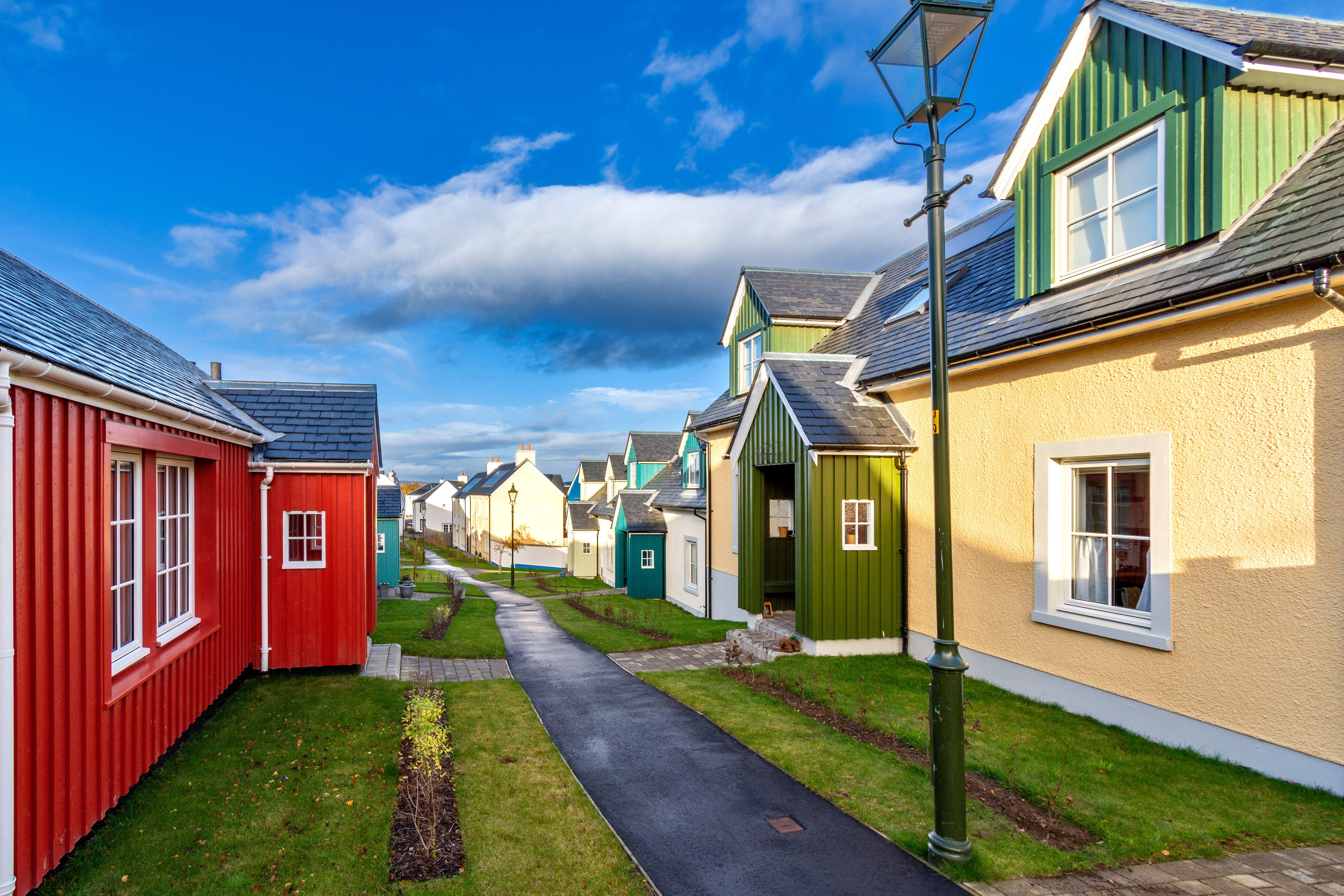 What should 1.5 million new homes look like?
What should 1.5 million new homes look like?The King's recent visit to Nansledan with the Prime Minister gives us a clue as to Labour's plans, but what are the benefits of traditional architecture? And can they solve a housing crisis?
By Lucy Denton Published
-
 Welcome to the modern party barn, where disco balls are 'non-negotiable'
Welcome to the modern party barn, where disco balls are 'non-negotiable'A party barn is the ultimate good-time utopia, devoid of the toil of a home gym or the practicalities of a home office. Modern efforts are a world away from the draughty, hay-bales-and-a-hi-fi set-up of yesteryear.
By Madeleine Silver Published
-
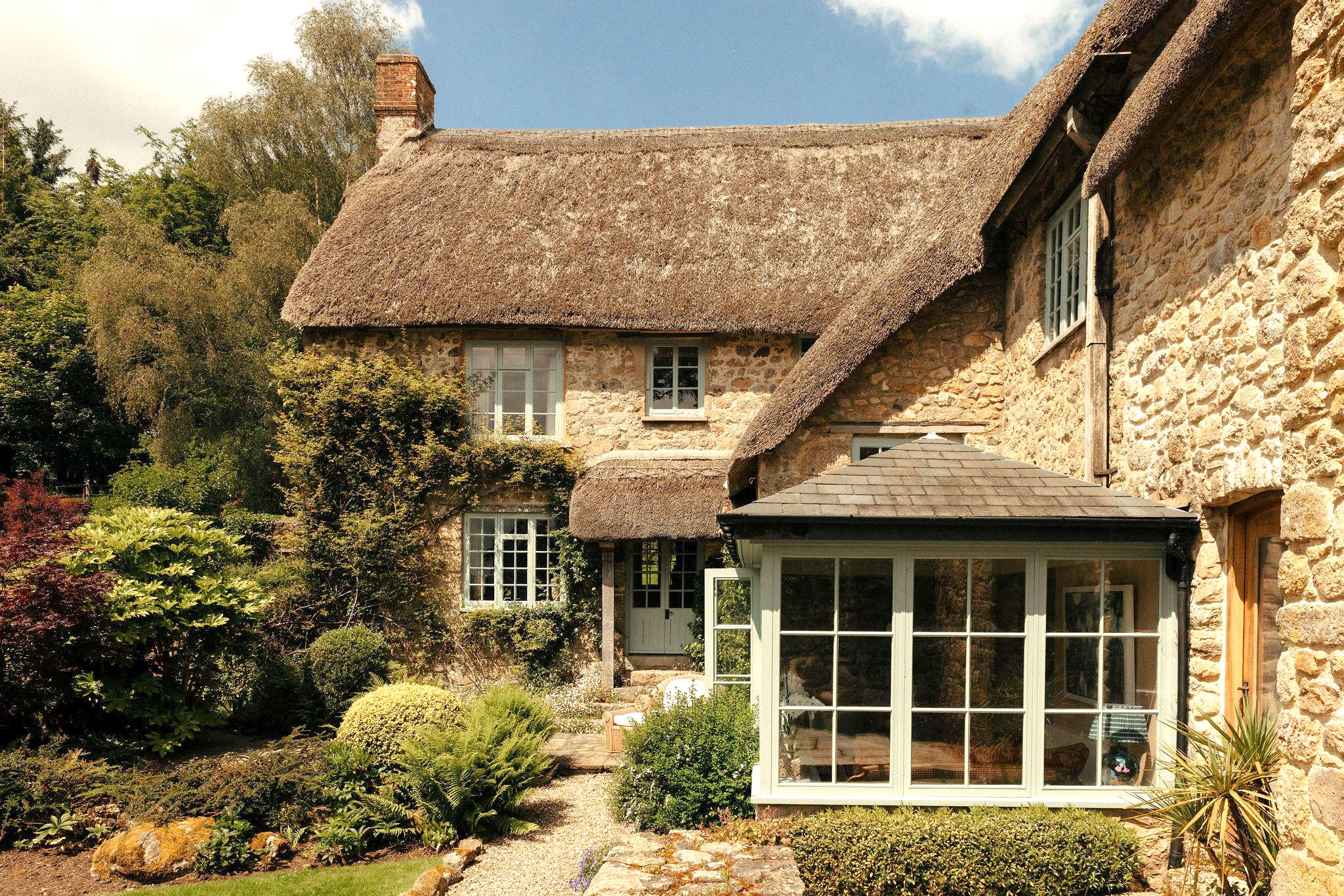 Five beautiful homes, from a barn conversion to an island treasure, as seen in Country Life
Five beautiful homes, from a barn conversion to an island treasure, as seen in Country LifeOur pick of the best homes to come to the market via Country Life in recent days include a wonderful thatched home in Devon and a charming red-brick house with gardens that run down to the water's edge.
By Toby Keel Published
-
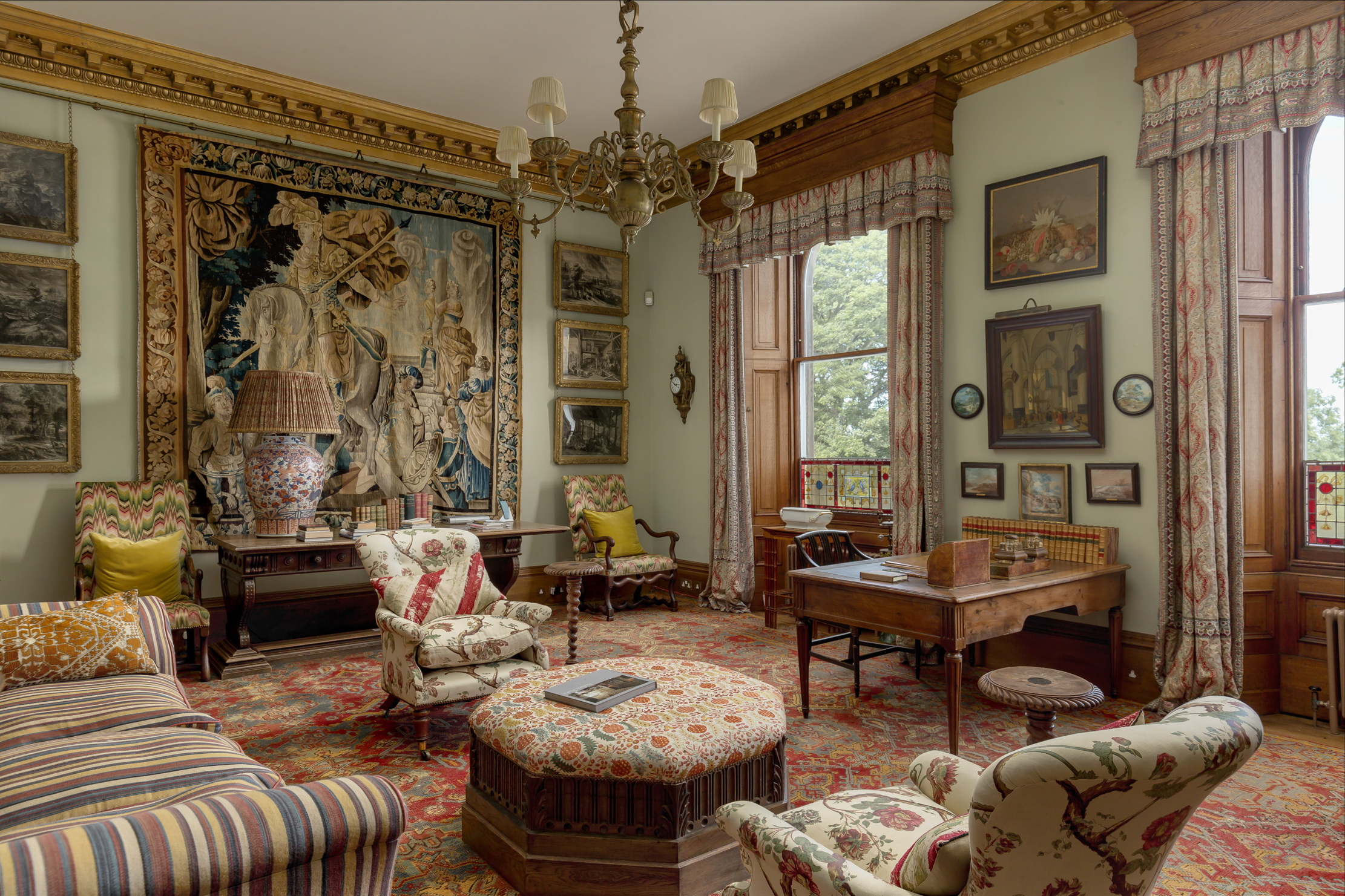 The finest interiors in Edinburgh? A seven-bedroom townhouse furnished by Robert Kime comes to market
The finest interiors in Edinburgh? A seven-bedroom townhouse furnished by Robert Kime comes to marketSituated on one of the New Town's grandest terraces, this four-storey property is a collector's dream.
By James Fisher Published
